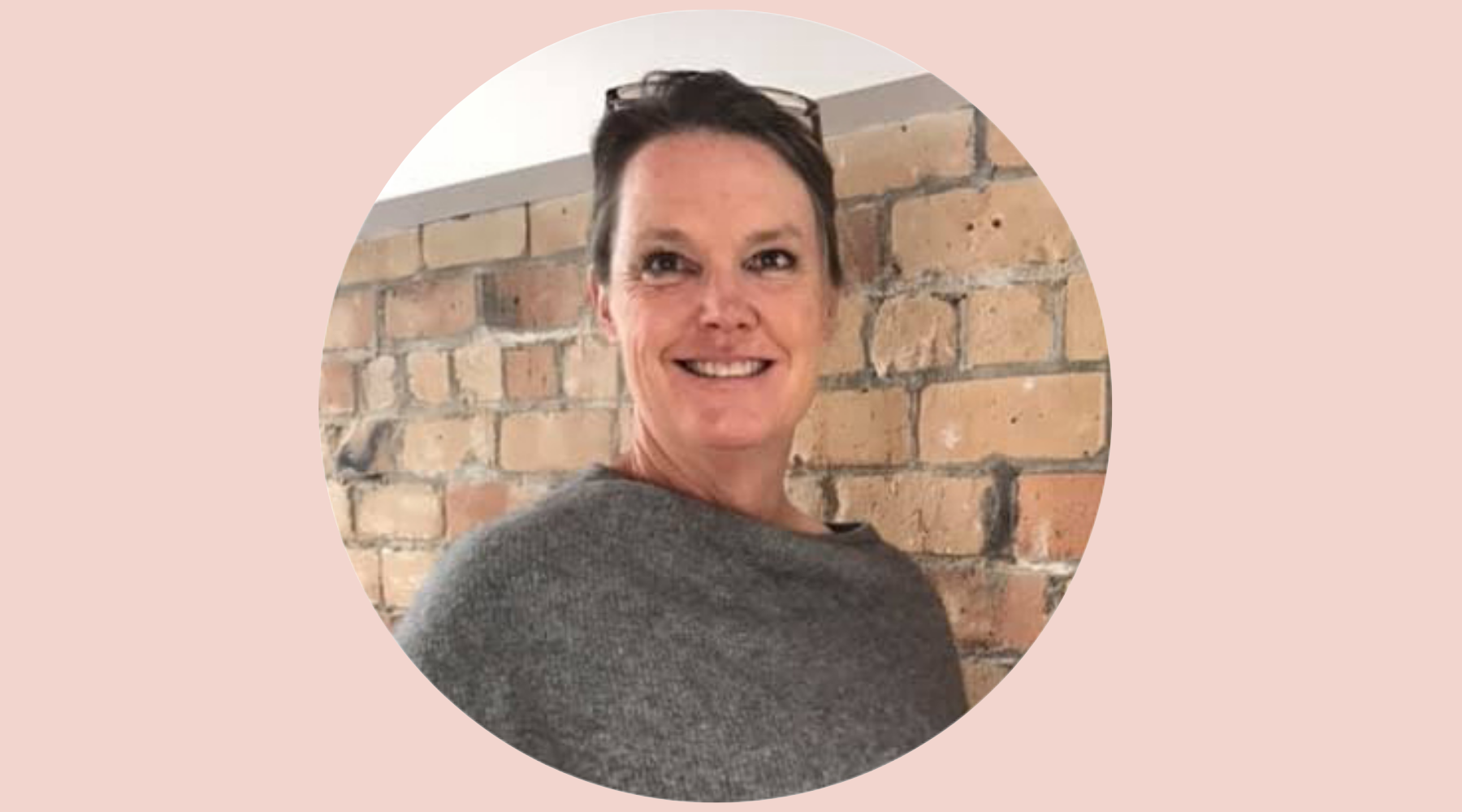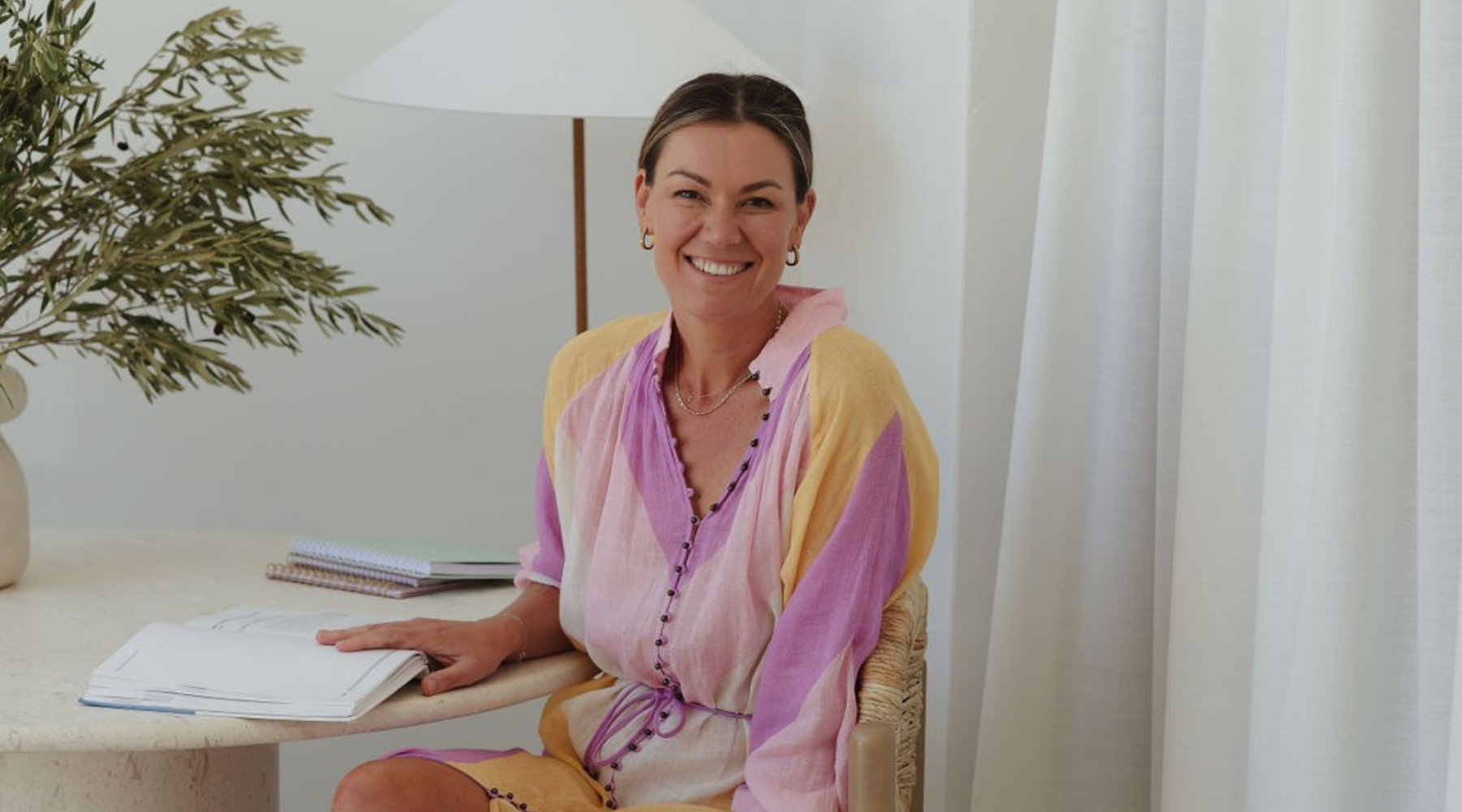Breastmilk is the optimal start for any baby, (World Health Organisation). However, for some mums, it can take time for their milk supply to be established, especially for those whose bubs are born early or for those that have some complications. This his is where donated breast milk is a lifeline. Donor human milk is recommended by the World Health Organization both for when a mother’s own milk is not available and for its recognized support for lactation and breastfeeding when used appropriately. The safest way for this milk sharing to occur is through donor milk banks. In 2020 it was estimated there were 756 milk banks worldwide.
Breastmilk donation:
Breastmilk banks (aka human milk banks) are where breastfeeding mothers can donate their own breast milk to be pasteurised and stored for someone else’s use. Donors are usually mothers who produce excess milk or those with a surplus of frozen breastmilk that their baby simply doesn’t need. This milk can then be shared formally through milk banks where thorough screening and pasteurising processes are followed. Alternatively, it can be shared informally with person-to-person donation, however this is typically not screened or pasteurised and this is at the parents' discretion.
Pasteurisation is a key step in the process of preparing donated breastmilk to ensure it is as safe as possible for the baby receiving it. The milk is heated to a specific temperature then rapidly cooled to remove harmful bacteria and viruses that may be present in the milk. This process also ensures that the protective benefits and nutrition of the milk are still present to support the receiving baby.
Who receives donated milk?
The recipients of donated breastmilk are often premature babies and those with medical conditions requiring specialised care, particularly in neonatal intensive care units (NICUs). For these vulnerable infants, the antibodies, immune factors, and nutrients present in breastmilk are invaluable for their growth and development. Additionally, depending on the availability, some healthy, full-term newborns receive donor breastmilk while in the hospital until the birth parent’s milk comes in. A 2018 report in Breastfeeding Medicine, found that many birth hospitals in the USA use donor milk in this way to increase the rate of exclusive breastfeeding.

How to donate breastmilk to a milk bank:
To donate your breastmilk, it is best to contact your local milk bank. They will explain their specific screening and donating process. Most screening processes looks something like this:
- Pre-screening: A milk bank representative will inquire about your current health, medical history, medication, and herbal supplement usage, as well as your consumption of drugs, tobacco, and alcohol. They will also discuss the amount of breastmilk you are considering donating (as some milk banks have minimum donation requirements) and more.
- Blood tests: All potential breastmilk donors need to undergo screening for HIV, syphilis, Human T-lymphotropic virus 1 (HTLV), hepatitis B, and hepatitis C, all of which could potentially be transmitted to the baby through breastmilk.
- Collection and storage of breastmilk: Upon approval for donation, the milk bank will provide detailed instructions on safe pumping and storage of your milk. You will be instructed to store pumped breastmilk in sterilised containers, such as breast milk storage bags or containers provided directly by the milk bank, and to freeze your breastmilk.
- Use of your already-frozen milk: If you wish to donate from your existing frozen collection of milk you will need to check with your local bank if it's within the accepted date range.
- Sending breastmilk to the bank: If you live near a milk bank, you may have the option to hand-deliver your donation alternatively they will provide you with instructions on how to send your milk in safely.
Milk banks in Australia:
In Australia, some hospitals have set up their own individual milk banks and there are some national banks who distribute breastmilk to those in need. Australian Red Cross Lifeblood Milk Bank is one of these which works tirelessly to collect, process, and distribute donated milk to hospitals and NICUs across the country.
Did you know: In 2023, 395 mothers donated 4,815 litres of breast milk to help thousands of premature babies.
If you want to learn more about donating milk head to Australian Red Cross Lifeblood Milk Bank.






